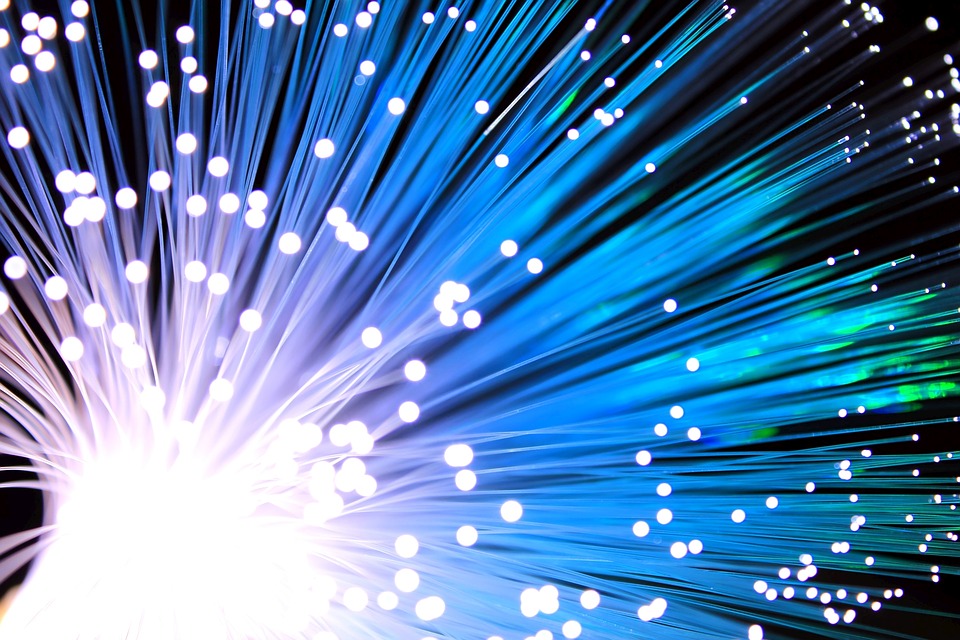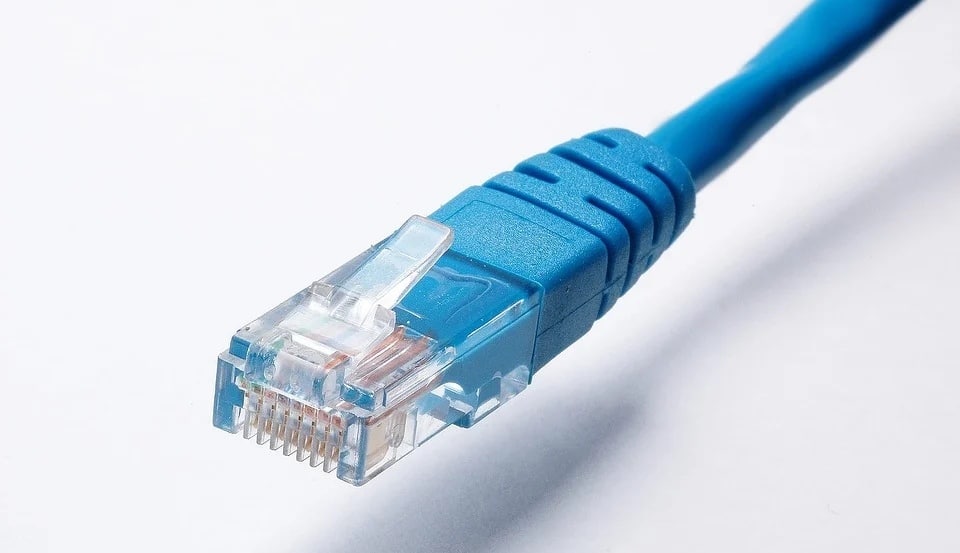
The Internet has become part of our daily lives. It is expanding more and more quickly in the world, but not only in cities and towns, but even in the most remote, rural and inaccessible places that we can imagine. This is due to the constant need it has generated to communicate, entertain ourselves, work and do a lot of other things. However, not only is it enough to have the Internet, but it is also necessary to have a good and fast connection, and two of the most popular and used means for this are fiber optics and ADSL.
It is probably the first time you hear or read about fiber optics and ADSL. If so, you are in the right place, because here we explain what are they, what are they for, what are their main differences and, based on these, which one is better.
Before comparing fiber optics with ADSL, we must first define these two types of Internet connection.
What is fiber optics?

Fiber optics is one of the most used wired connection methods in recent times because it represents a technological leap that allows a transfer speed to be reached that, in general, it is faster than that offered by ADSL cabling. In this way, Internet providers that work with fiber optics usually offer lower latency (ping, response time) and higher and much more competitive bandwidth, although this is not always the case, it is worth noting.
Fiber optics not only provide data transfer for the Internet, but also It is also used to offer telephone services, TV and more. In turn, it uses light pulses, not electrical ones, to deliver information more quickly and takes its name from the fact that it is made up of internal fiber cables that form one single cable.
What is ADSL?

ADSL is another type of connection that, like fiber optics, is widely used, although this technology is being used less and less, since it offers considerably lower transfer speeds than fiber optics, as well as the fact that the distance between the connection point and the provider's servers affects the speed that the client can have.
ADSL uses a telephone cable for the transmission of information. The cable is characterized by having copper cables inside that are separated by channels for the transmission of telephone networks and the Internet, which are interpreted and divided by a splitter, which is also known as a divider filter, which has the objective of dividing the frequencies and channels for the Internet and telephone.
Fiber optics and ADSL: these are their main differences

To begin with, fiber optics is a technology that uses a cable as a means of transporting information. This is made up of glass threads and fibers, and through these pass the light pulses that are through which the data transfer is carried out. Because of this, fiber optics can reach transfer speeds of about 600 MB/s and very low latency, as we have already highlighted. The latency can be just a few milliseconds (ping), and it does not matter at which connection point the installed fiber is located, or how many kilometers away; this does not usually affect the response of the server.

The ADSL, as we already said above, consists of a telephone cable that is made up of copper cables inside. This does not use pulses of light, as fiber optics do., but it needs electrical pulses for data transfer, which is less efficient and makes the transfer speed, taken to data, be up to about 20 MB/s maximum. The other thing that differentiates this technology from fiber optics is the latency that it can boast of, which, in general, is higher and is affected by distance, something detrimental for online players who need a response and exchange of data of few milliseconds for an optimal gaming experience.
On the other hand, fiber optics is newer and little by little it is supplanting ADSL, so Internet providers and telephone communications are gradually moving away from the latter.
Which is better and why?
At this point, with the main differences already mentioned and described above, there is not much to expand on, since it is clear that fiber optics is better than ADSL technology. However, let's go.
Fiber optics, as we already know, offers a much higher transfer speed than ADSL. In theory, it can reach speeds of up to 30 times that of ADSL, since we have an average maximum of 600 MB/s for fiber optics and 20 MB/s for the latter. This brings many advantages on a day-to-day basis, which are reflected in loading times, which are much shorter in fiber optic systems.
This is how users who have this newer technology can download content such as heavy games, large applications and movies and videos of 4K resolution in a matter of seconds or a few minutes, while those with an ADSL connection can take from minutes to hours, although what has been said is inevitably related to the weight of the file to be downloaded, of course. Similarly, fiber optics always wins in the speed section.
On the other hand, we have latency, one of the most important points for many, more than anything for those who usually carry out activities and live broadcasts, or play constantly or occasionally, since latency has a lot to do with time. of response between systems, servers and computers. At this point, fiber optics also wins, by offering a more stable and lower ping that is not affected by distance, as is the transfer speed, as it is affected in ADSL connections.